$249.97 Original price was: $249.97.$95.99Current price is: $95.99.
SKU: D2LSC 784022916 Categories: Fast Growing Trees, TREES
- Quality that lasts, prices that don't.
- Experience the difference quality makes.
- Satisfaction Guaranteed
- 100% High Quality Guarantee

Purple Catalpa Tree
Catalpa speciosa
Other Names: Northern Catawba Tree, Cigar Tree, Bean Tree, Indian Bean Tree
Plant Details
USDA Plant Hardiness Zones: 5a-9b Find Your Zone
Shrub Type: Deciduous Tree
Height at Maturity: 30-40′
Width at Maturity: 20-30′
Spacing: 40’+ feet for space between trees
Growth Habit / Form: Upright, Rounded, Oval
Growth Rate: Moderate to Fast; average 18-24″ per year
Flower Color: White with Purple and Yellow-Gold markings
Flower Size: 1.5″ in upright panicles/clusters
Flowering Period: Late Spring to Early Summer
Flower Type: Single, bell-shaped, in upright panicles/clusters
Fragrant Flowers: Yes!
Foliage Color: New leaves are Purple-Black, maturing to Lime Green; Golden-Yellow shades in fall
Fragrant Foliage: –
Fruit: Long, slender pods
Sun Needs: Full Sun to Part Shade; 5 or more hours of sunlight daily
Water Needs: Average, low when established
Soil Type: Clay, Loam, Sandy, Silty
Soil Moisture / Drainage: Moist But Well-Drained
Soil pH: 5.5 – 7.0 (Acid to Neutral)
Maintenance / Care: Low
Attracts: Birds, Beneficial Pollinators, Hummingbirds, Mammals
Resistances: Cold, Deer, Disease, Heat, Insect, Wet Soil (occasional)
Description
Catalpa x erubescens ‘Purpurea’, commonly known as the Purple Catalpa Tree, is a fascinating hybrid of our North American native species and an Asian species. What makes it so distinctive and strikingly beautiful is that its leaves emerge dark blackish-purple, maturing to lime green. Cooler temperatures in the fall bring vivid shades of golden yellow. The leaves are large, broad, and heart-shaped, lending a lush, tropical appearance and feel to the landscape. In summer, abundant clusters of exotic-looking, fragrant, bell-shaped white flowers with purple and yellow markings in their throats adorn the tree. An exceptionally adaptable tree, the Purple Catalpa thrives in a wide range of soil conditions, from acidic to alkaline, and tolerates both occasionally moist and dry environments. It withstands cold temperatures down to -20°F and can withstand heat in Zone 9b, with no serious pest or disease problems.
Fishermen love catalpa trees for the caterpillars of the catalpa sphinx moth, which visit the tree and are collected for use as excellent fishing bait. Fresh or frozen, due to their tough skin, one catalpa worm can be used to catch several fish. Birds, including turkeys, will feast on the worms.
Wildlife Benefits
The flowers of Catalpa are attractive to bees, butterflies, and hummingbirds for pollination, and this tree is the sole host for the catalpa sphinx moth. With dense foliage and large leaves, the catalpa provides excellent cover and shelter for a wide variety of song birds and wildlife.
Landscape & Garden Uses
Growing 30 to 40 feet tall and 20 to 30 feet wide, the Purple Catalpa is ideal for use as a specimen or in groupings. It grows large enough to serve as a nice shade tree. It is a fine addition to wildlife habitats, fragrance gardens, cottage gardens, rain gardens, wetland gardens, and purple or black theme gardens.
Suggested Spacing: 40 feet for space between trees
Growing Preferences
The Purple Catalpa Tree is easy to grow in moist, well-drained soil of average fertility and full sun to part shade. A minimum of 5 hours of direct sunlight is suggested. It is drought-tolerant once established and will also tolerate periodically wet soil, though standing water is not advised. No pruning is required, though it can be pruned to control size and for shaping purposes.
Plant Long & Prosper!
Meet The Wilson Brothers & Staff
Questions? Contact Us
Be the first to review “Purple Catalpa Tree – 7 Gallon Pot (6-7′)” Cancel reply
Related products
Sale!
Sale!
Sale!
Sale!
Sale!
Sale!
Sale!
Sale!

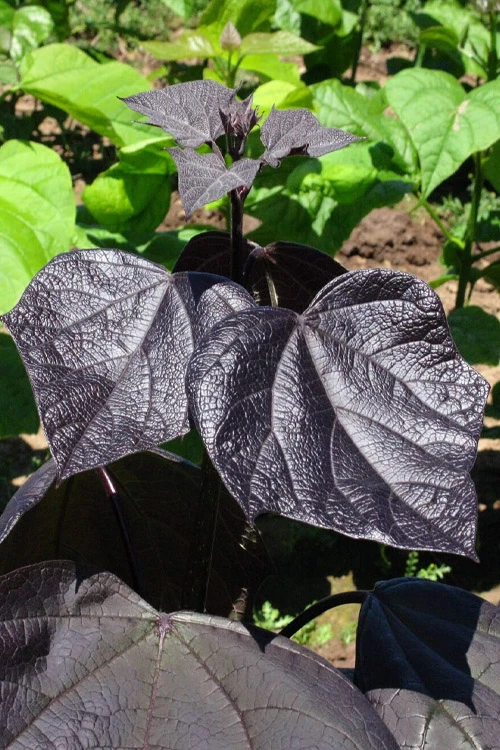




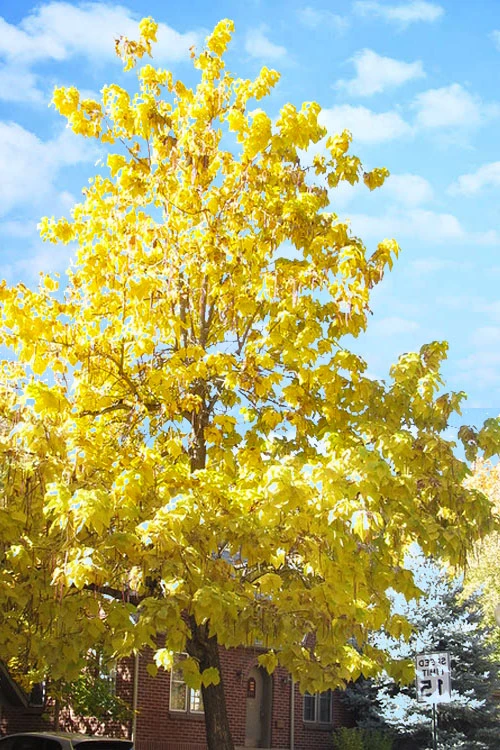
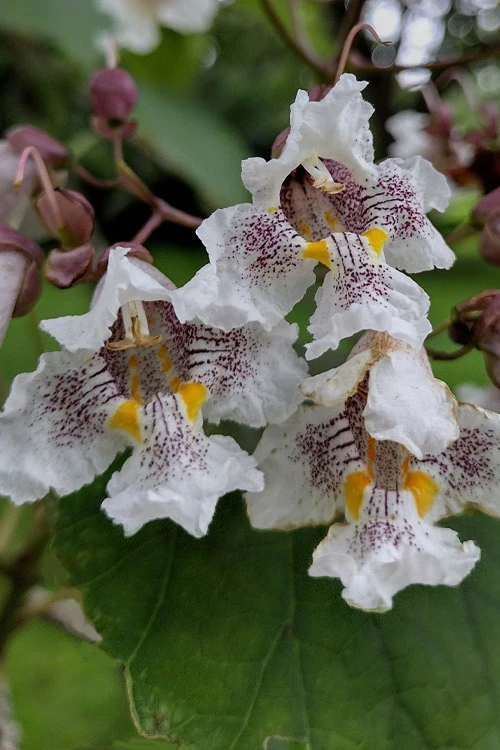
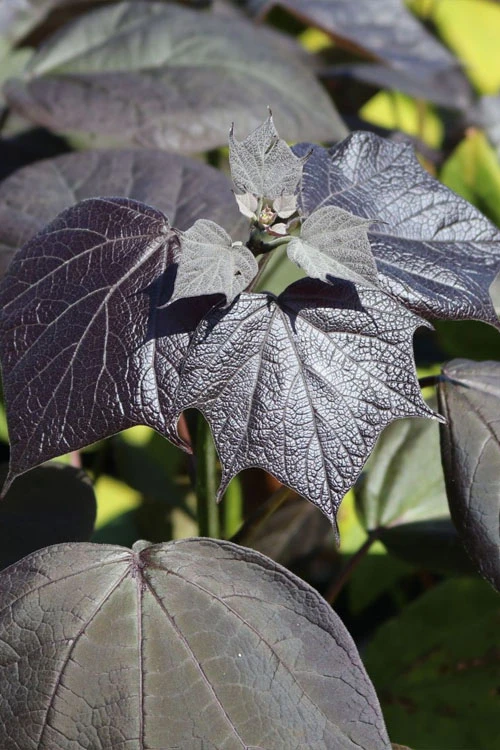





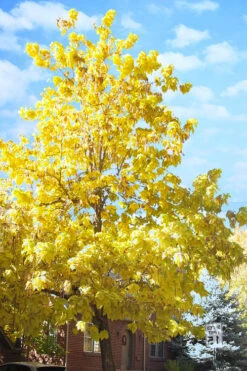

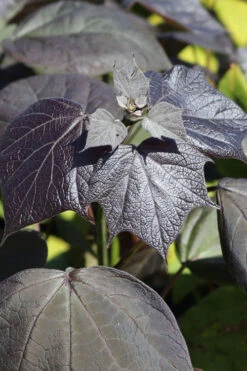
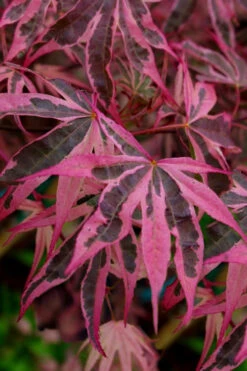

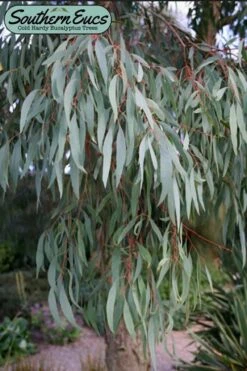



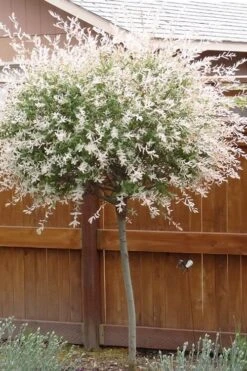



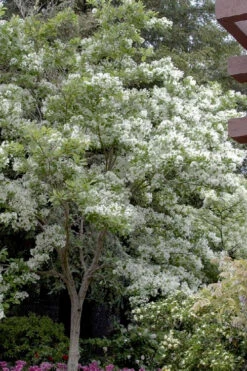

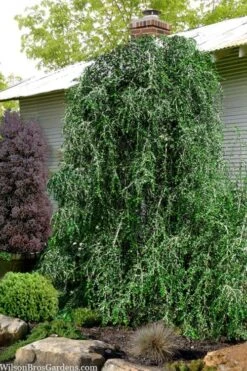

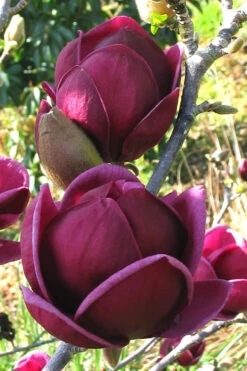

Reviews
There are no reviews yet.